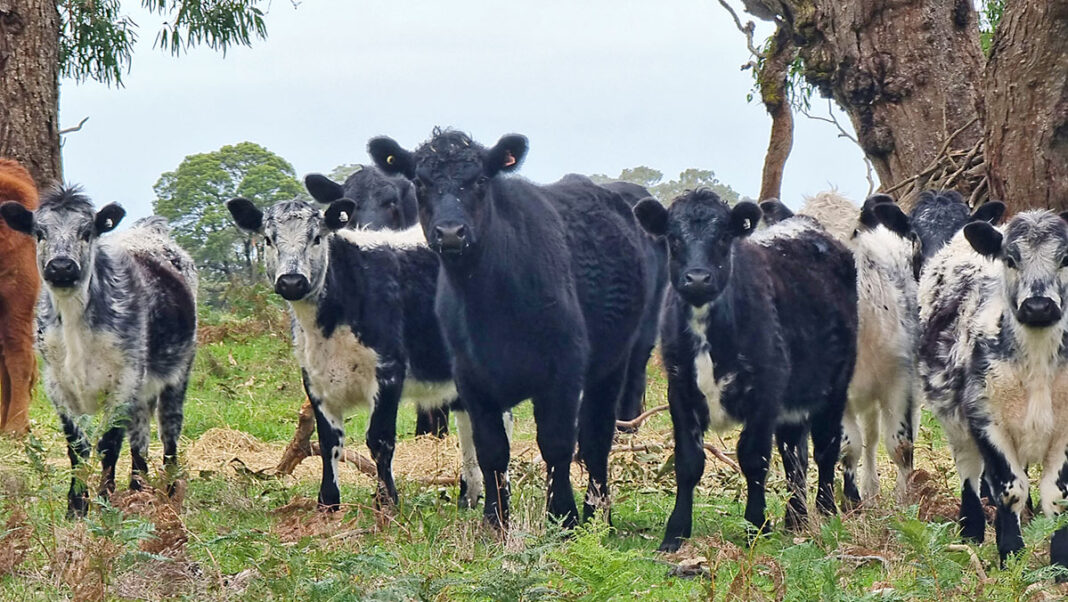Last year Australia exported a total volume of 1.84 million shipped weight tonnes of red meat to over 100 countries worth a record A$17.08b for the 12 months ending November 2023.
Meat & Livestock Australia’s (MLA) annual global market snapshots for 2024 provide insights into where the volume and value were distributed to, and drivers of demand in each market.
Mainland China remains the number one destination for Australian red meat exports by volume, importing 206,193 tonnes of beef and 165,245 tonnes of lamb and mutton.
Long-term import demand drivers are strong, with China’s affluent consumer base forecast to continue expansion, along with growing appreciation for high quality red meat products.
The United States also continues to be a major market for Australian grassfed beef and lamb.
Opportunities for Australia in the US centre around increasing value through premium products such as chilled grassfed beef and lamb, rather than just growing consumption volume.
Japan is the third largest beef importer globally and the second largest export customer of Australian beef.
The market is especially unique for having a highly sophisticated but also very fragmented retail food market, where Australian beef and lamb are commonly sold in retail, as both fresh meat and ready-to-eat options.
Korea is among Australia’s fastest growing lamb markets in recent years with $279m worth of sheepmeat exported there in 2023.
Korea’s e-commerce channel is among the world’s largest and is an easy and convenient way for shoppers to purchase Australian red meat.
Australia’s red meat exports to the United Kingdom have notably increased in just the few months since the Australia-UK Free Trade Agreement (A-UK FTA) entered into force from the end of May 2023.
Comparing the half year period export volume from June to December in 2022 and 2023, beef volume was up nearly five-fold, lamb and mutton both doubled.
MLA’s Global Market Insights and Adoption manager Miho Kondo said the young, expanding and increasingly affluent consumers in emerging regions such as the Middle East and South-East Asia provide another significant opportunity for Australian red meat exporters.
“The dial has been shifting regarding the awareness of premium red meat, as demand for non-local cuisine foodservice experiences and acceptance of packaged meat products purchased from modern retail are playing a more significant role in emerging markets,” she said.
“For example, in South-East Asia, growing red meat consumption is being driven by increasing interest in dining out at not only Western-style cuisine restaurants, but also Japanese and Korean.
“The Australian red meat industry has the potential to extend its excellent reputation overseas by expanding into more markets, accessing new consumers in already-established markets and ensuring the industry’s reputation for producing the best beef and lamb in the world.”
Ms Kondo also noted the importance of MLA’s market snapshots is they provide the latest data and insights for Australia’s red meat industry.
“It is absolutely vital for our industry to have access to up-to-date market and consumer insights on our key global markets in order to consolidate our competitive advantages and leverage growth opportunities,” she said.
“Understanding our target consumers and market dynamics is a key factor in understanding which products will deliver higher returns in particular sectors and segments.”
View all 14 global market snapshots at Overseas markets.
For more in-depth market insights see the Aussie Meat Trade Hub



